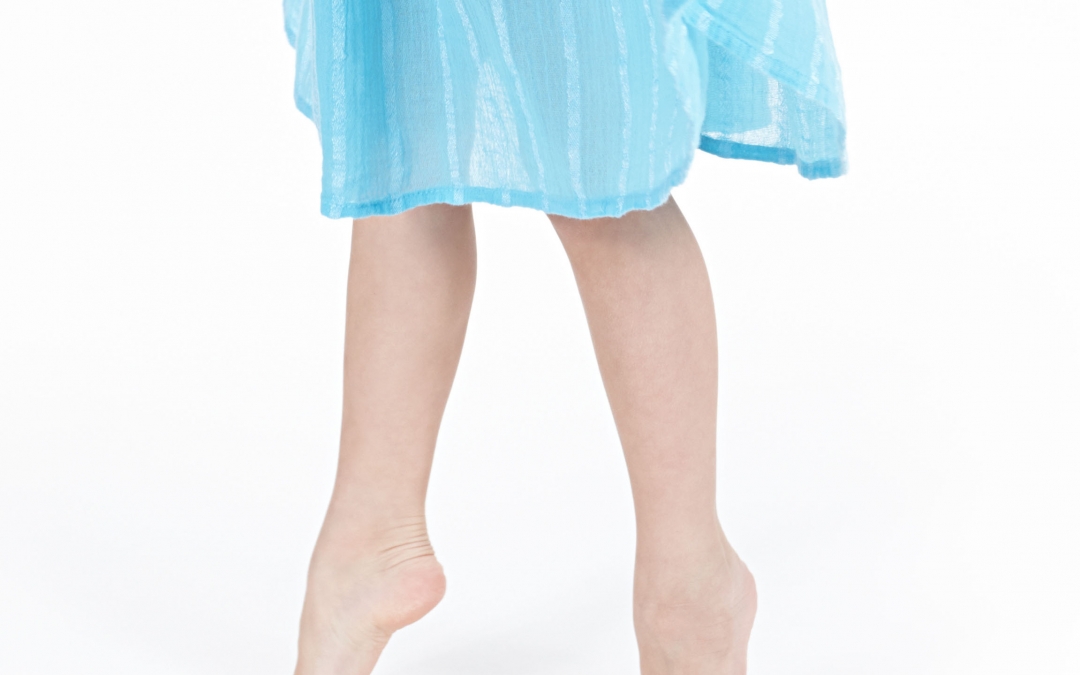Toe walking is when a child walks on the balls of their feet without their heels touching the ground. Children under the age of 2 often experiment with walking on their toes but will typically outgrow it quickly and use a heel-to-toe gait pattern. In some cases, toe walking in children may be a sign of underlying medical conditions, but in most cases the cause is unknown. Idiopathic toe walking refers to toe walking in children for no reason, or underlying diagnosis.
Prolonged toe walking may cause the calf muscles to tighten to the degree that will prevent the child from being able to lower their heels to the ground entirely. If you are concerned, or if the child hasn’t outgrown toe walking by age 3, there are methods for correcting toe walking, and you may want to consider consulting with a healthcare professional to arrange physical therapy for toe walking.
Contact Niagara Therapy, LLC for more information on toe walking therapy available.
Why Does My Child Toe Walk?
Children are more likely to walk on their toes out of habit, which causes their calf muscle and tendons to tighten. There are many causes for toe walking in children, some common traits include:
- Ability to walk with heels down when reminded, but returns to toe walking when distracted
- Tightness of the lower leg muscles
- Family history of toe walking
Toe walking may also be an effect of an underlying medical diagnosis such as:
- Cerebral palsy
- Autism
- Sensory processing disorder
- Balance problems or muscle weakness
- Other problems with the brain, nervous system or muscles
Correcting Toe Walking in Children Through Physical Therapy
If toe walking is left untreated, your child may develop one or more long-term effects that could prohibit milestones essential to their growth development. Typical toe walking treatment begins with calf stretches, strengthening exercises and gait training. There is an interactive plan that involves a physical therapist, the parents, and the child working together as a team to gain a typical heel-to-toe gait pattern. Methods may include:
Stretches
- Calf stretches with the knee straight
- Calf stretches with knee bent
- Heel hang off step
Exercises
- Duck walks
- Pull/Push box or laundry basket filled with toys
- Balance on one foot
- Picking up marbles with toes
- Popping bubbles with toes
- Wall slides
- Walking up and down the stairs
- Walking on heels
- Crab walks
- Pulling/Pushing self on riding toys
- Walking along a curb or balance beam
- Stepping stones/ stepping for balance
- Older kids may try:
- Walking on treadmill with an incline
- Balance games using Nintendo Wii Fit
- Roller skating
Bracing (only at times)
- Shoe Insoles
- AFOs
- Night Splints
Treating Medical and Idiopathic Toe Walking in Children
When should you be concerned and seek intervention to correct toe walking?
- If your child complains about foot or leg pain
- They are experiencing developmental delays
- They have been walking for a while and still tiptoe more than half the time
Untreated toe walking in children may result in needing surgery, however, treatment plans with a physical therapist will guide your child through exercises and activities to correct idiopathic toe walking. If you are concerned, early intervention is best to avoid the negative effects of prolonged toe walking.
The skilled staff at Niagara Therapy, LLC are experienced in working with children who display idiopathic toe walking. Contact us for more information or to get started with your treatment plan.



